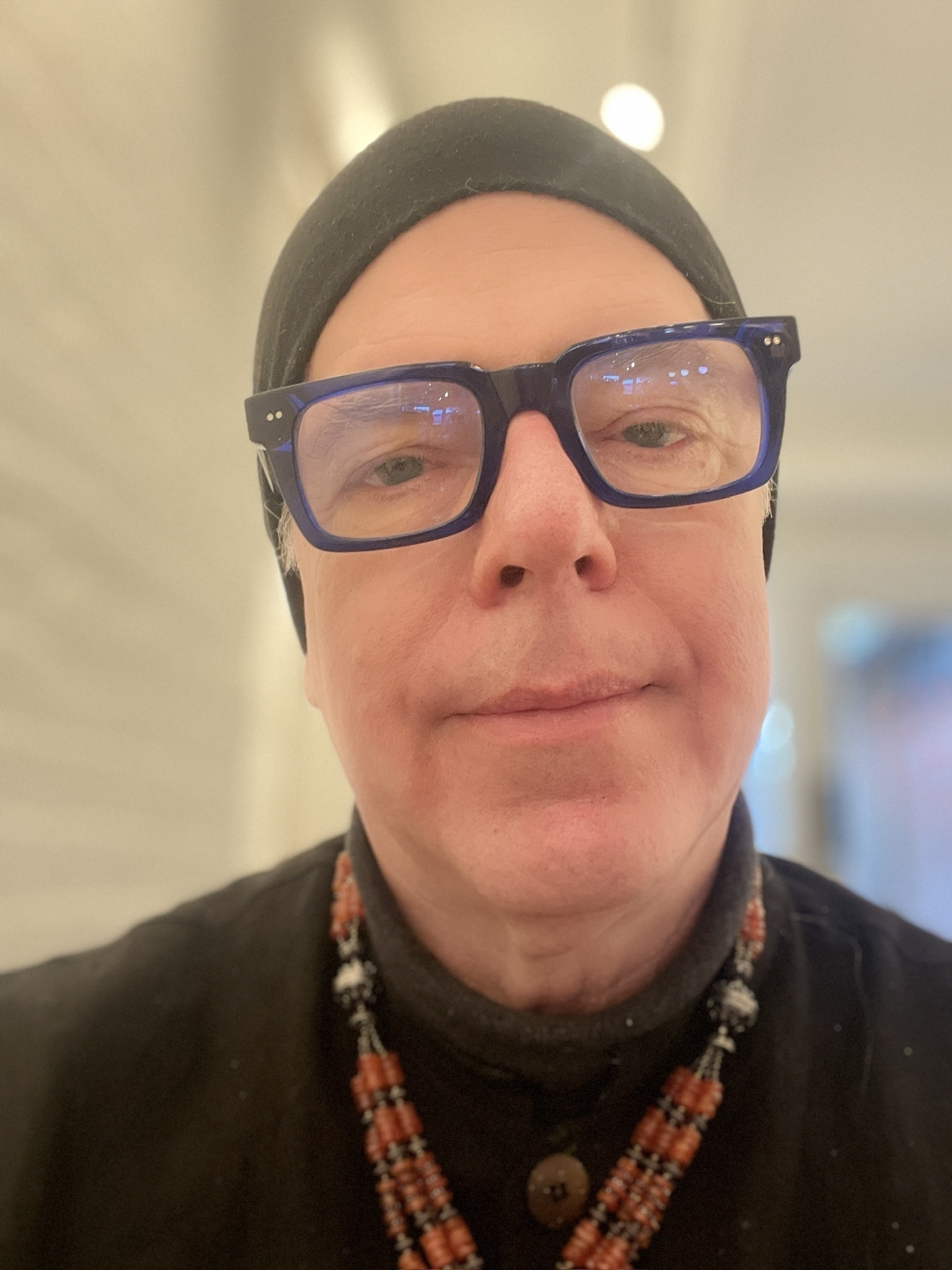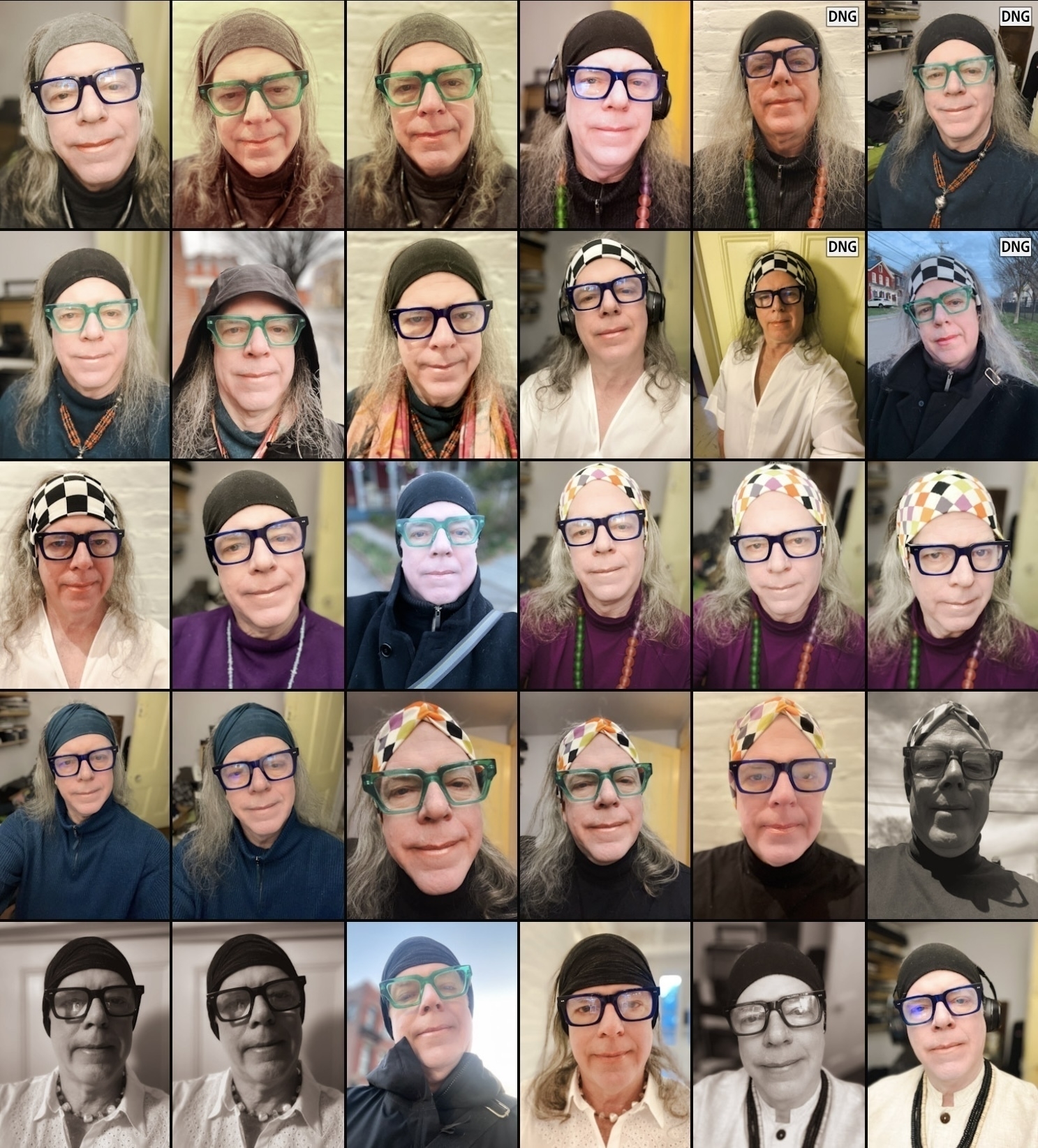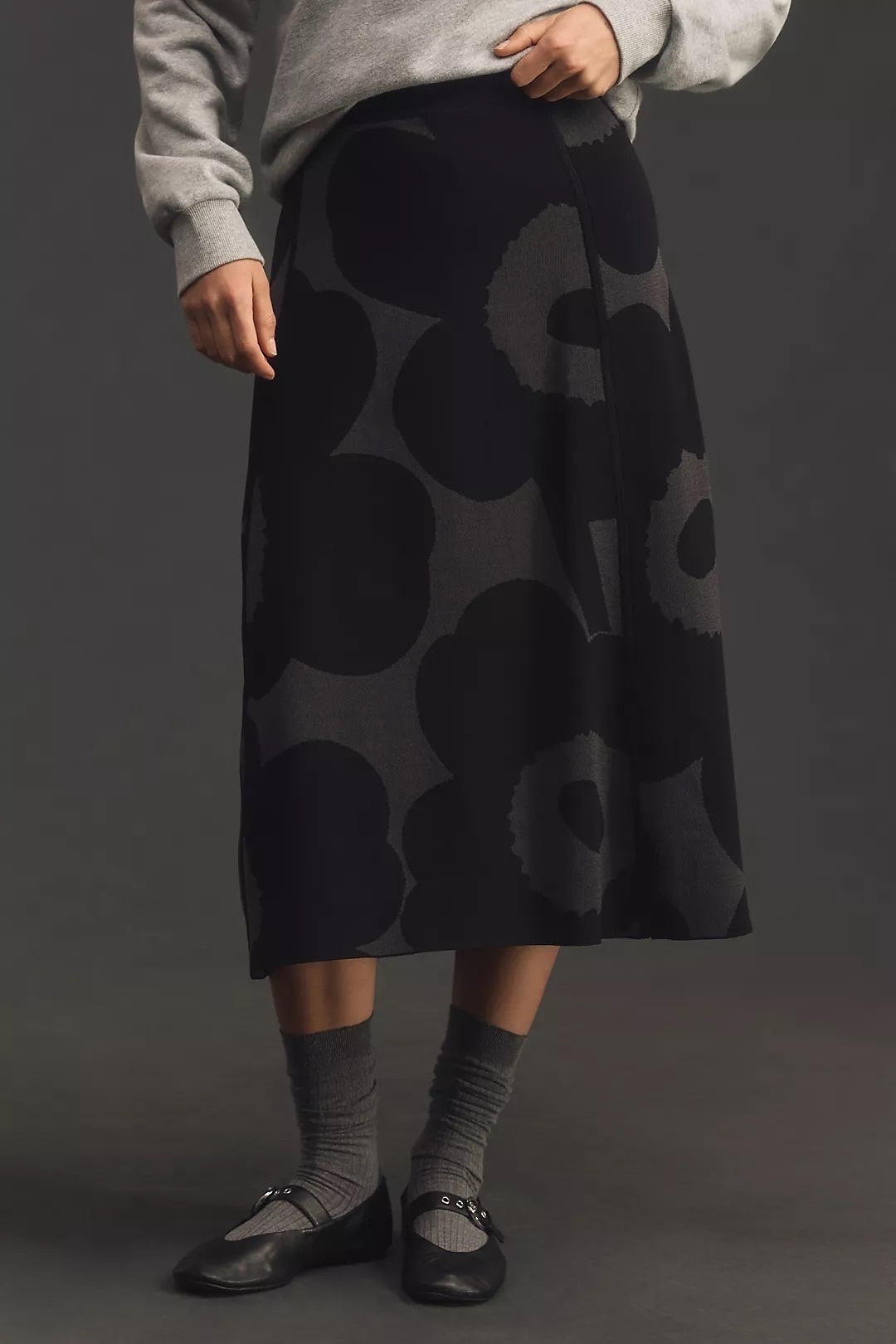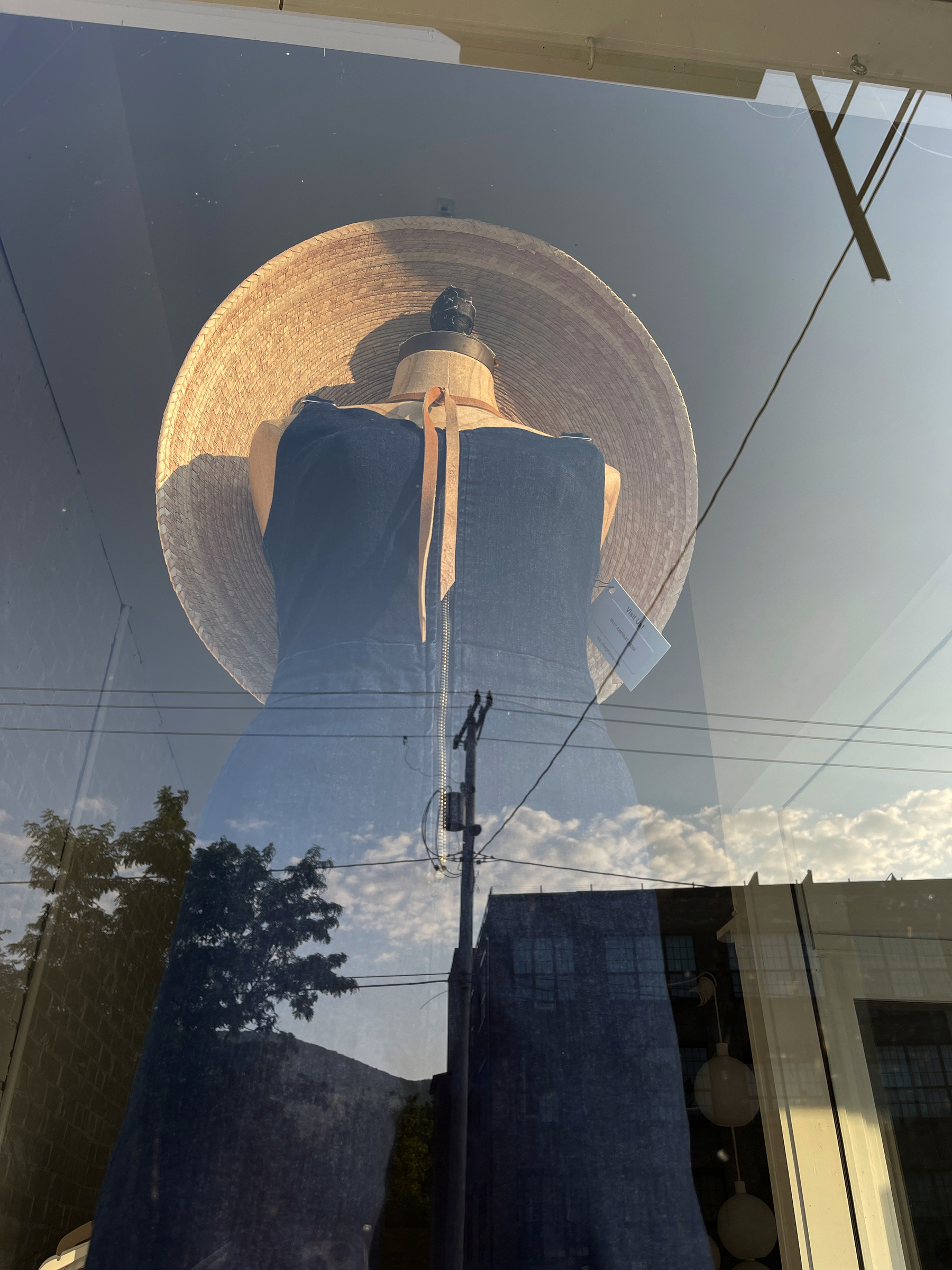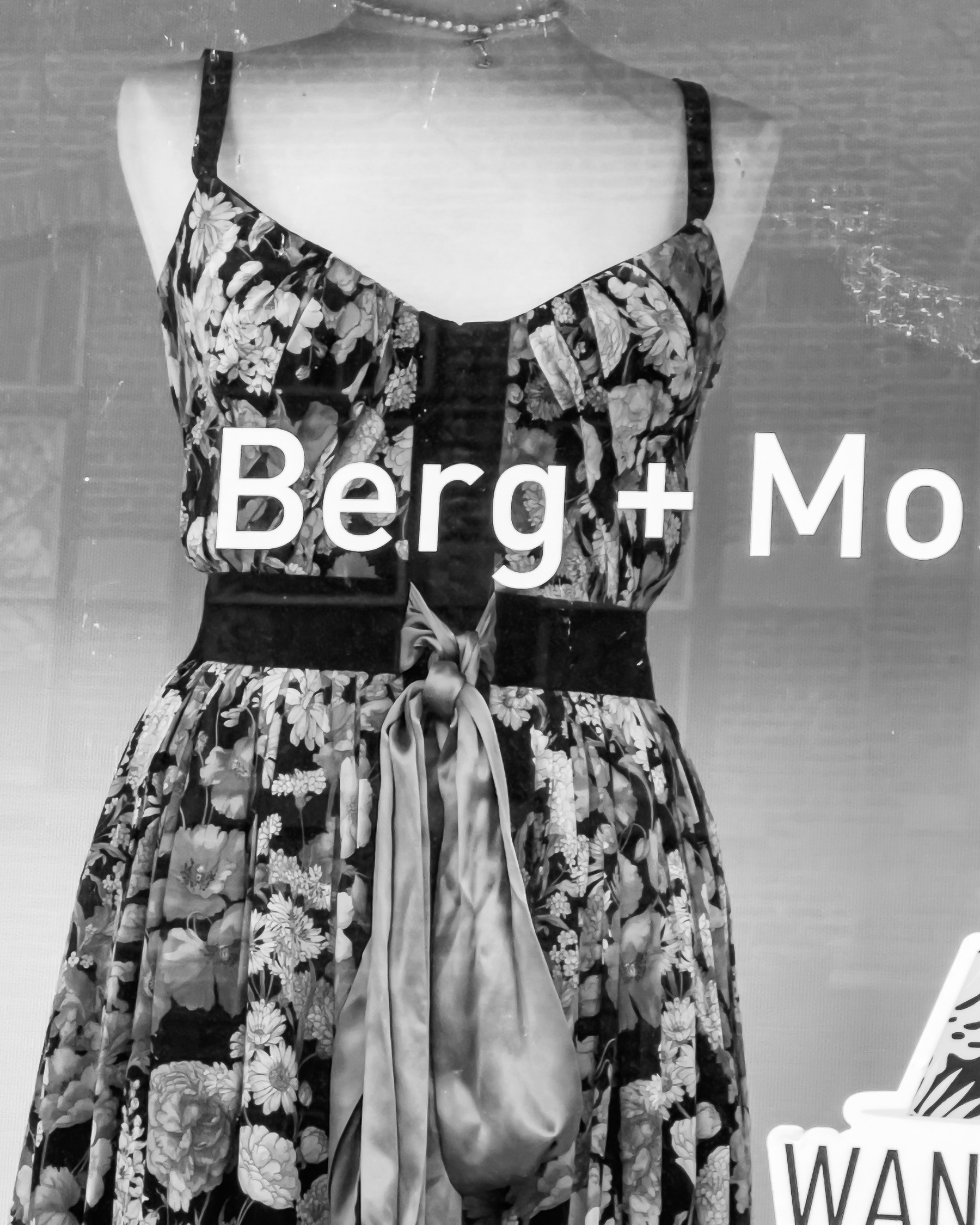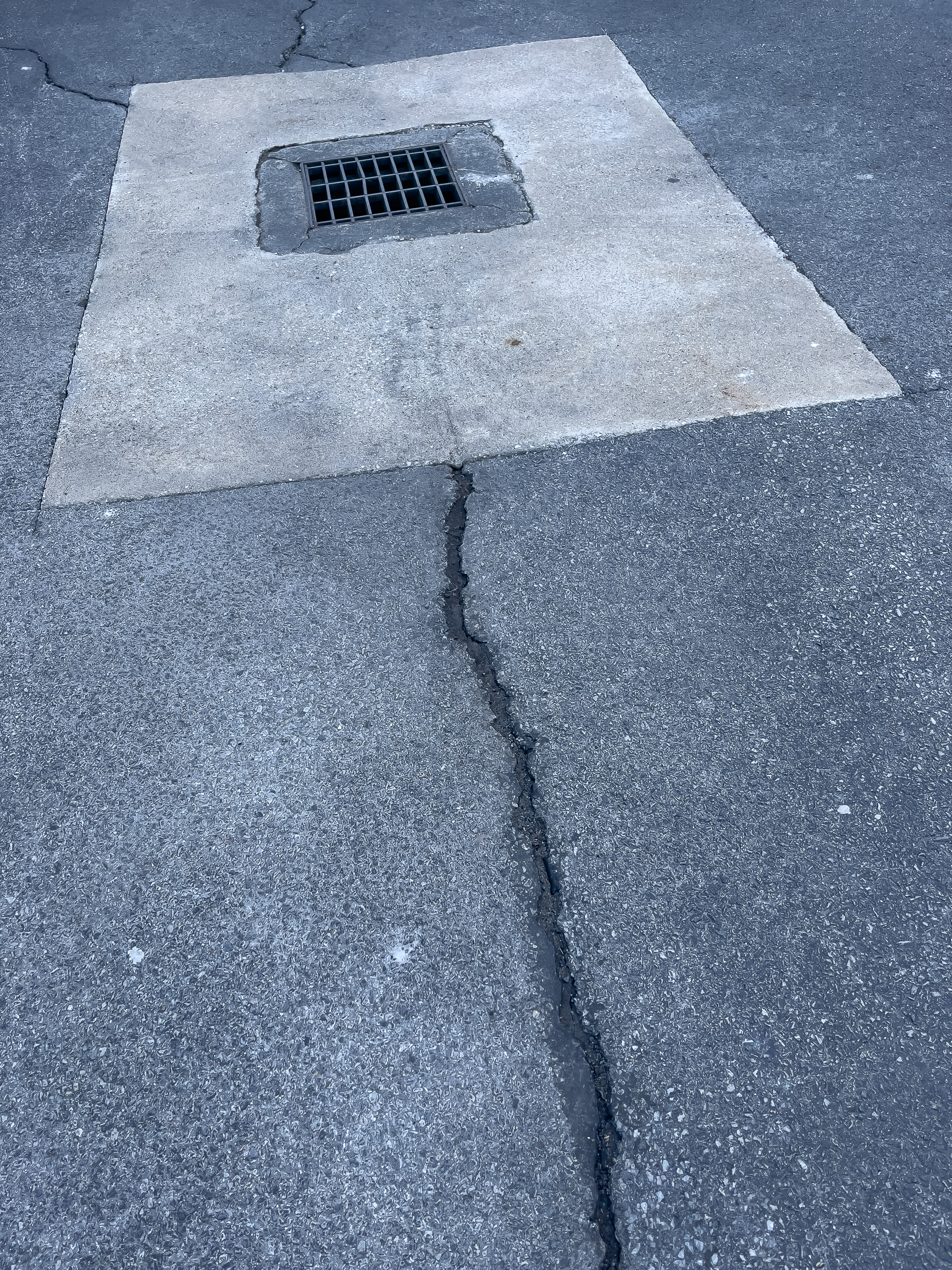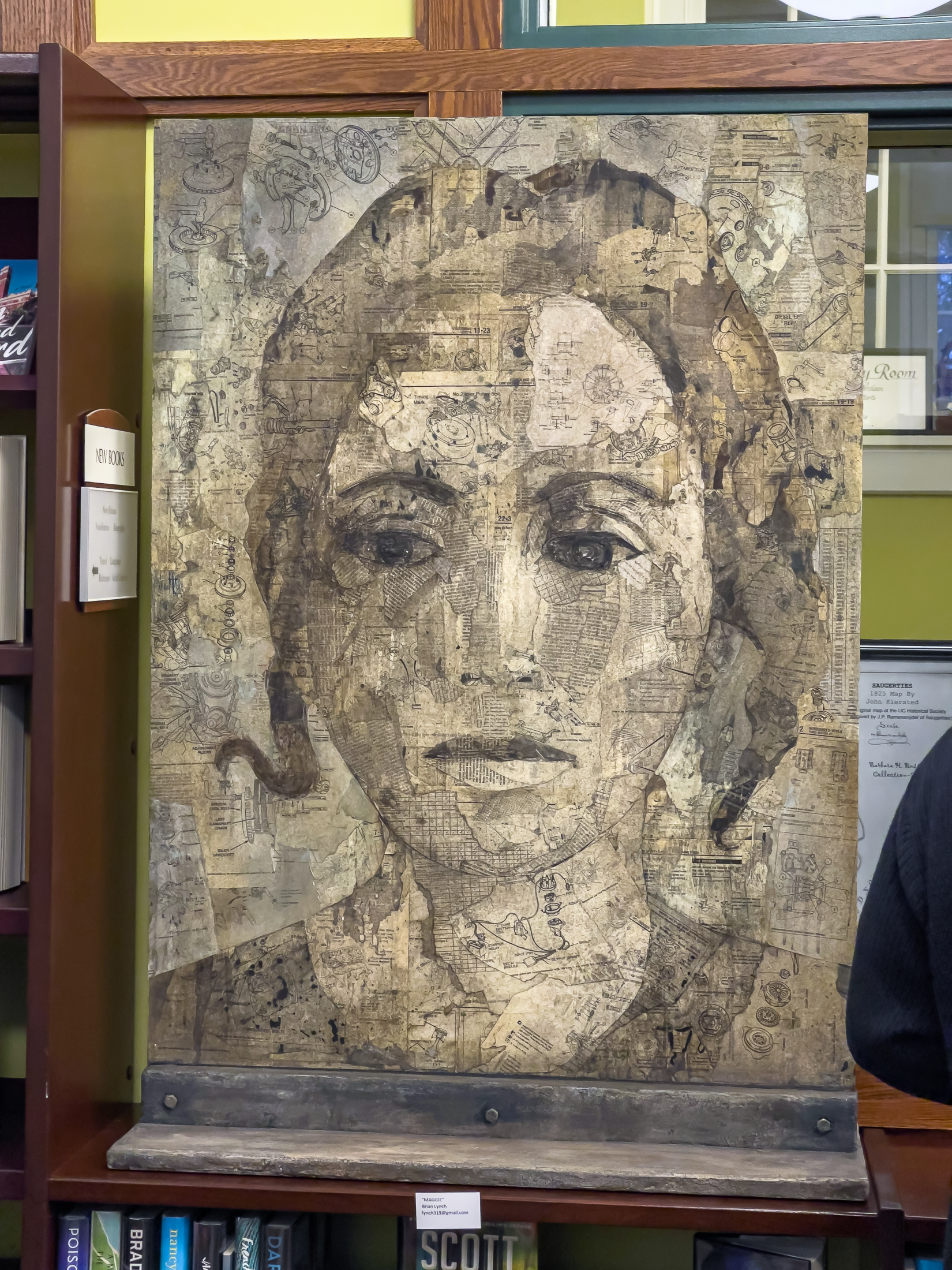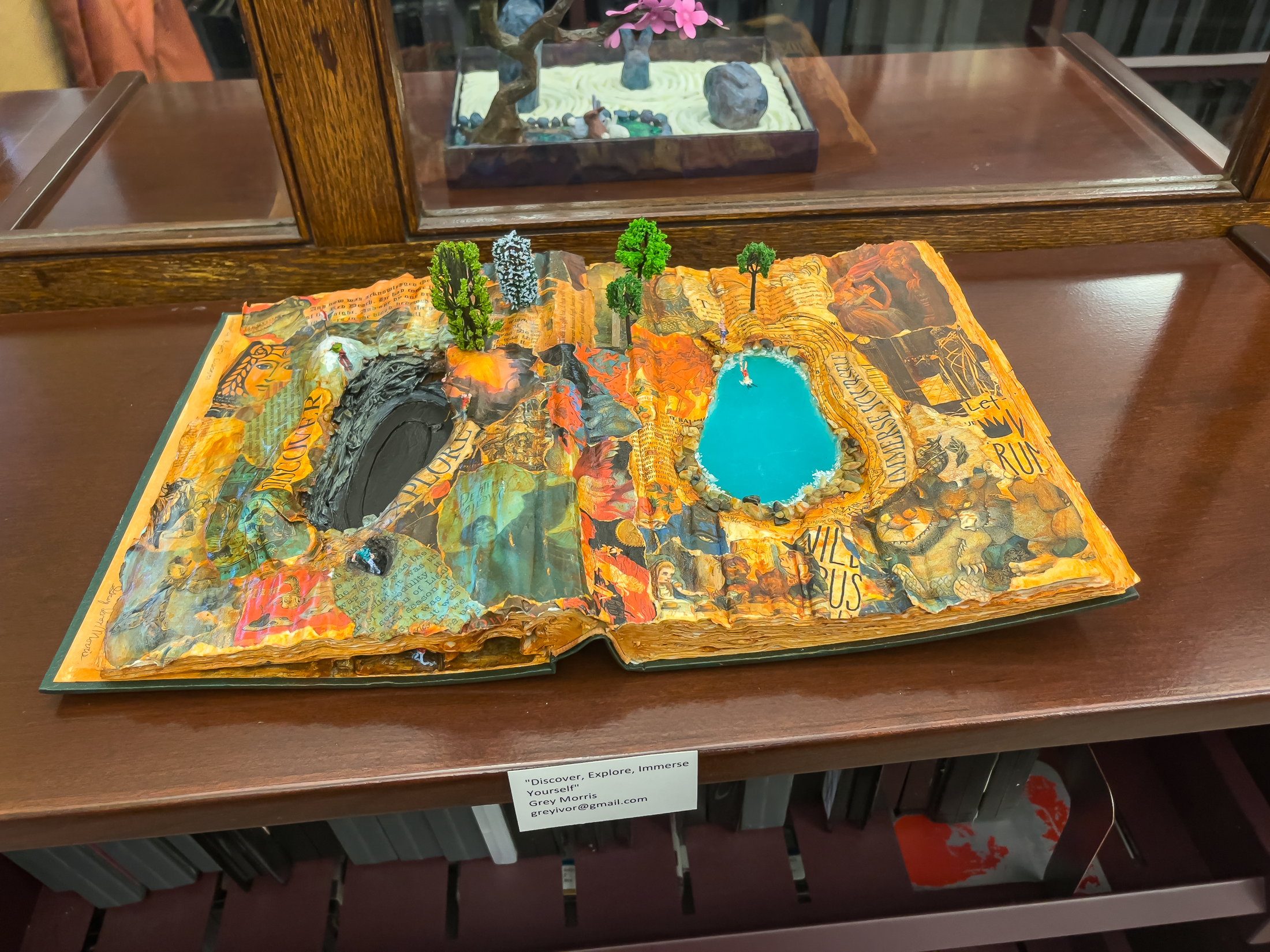Last night was my friend’s birthday party. I went with my wife in full feminine mode. As I wrote last week, I was both excited and anxious about this party. Even though I have been presenting my feminine self for eight months now, it was the first time we have socialized with our friends with me in full feminine mode. I wasn’t sure how this would be for my wife or how it would be received by heterosexual friends. I think my wife might have been a little anxious too. We quickly relaxed once there. I came home feeling it had been a successful evening, and my wife said she thought so too.
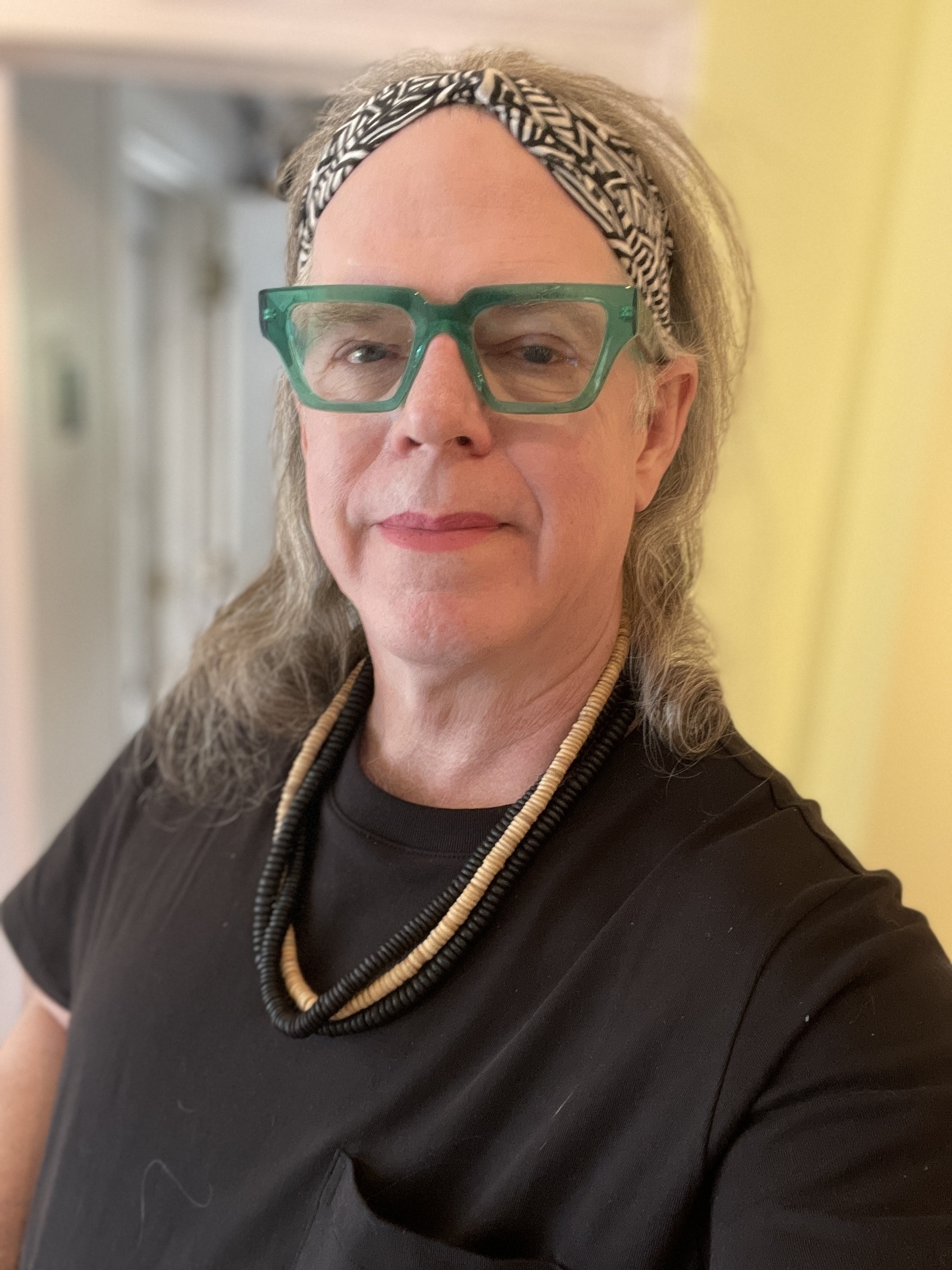
The photo above was my look for the evening, though I did change my lipstick to something more subtle and peachy. My garment is a black cotton shirtdress. I also wore dark gray leggings, black leather sandals from Banana Republic, a buffalo horn bracelet on my left wrist and a guitar string bracelet on my right wrist.
I chose this party for coming out to a larger circle of friends and acquaintances because my friend is lesbian. I figured the crowd would be a mixture of straight, gay, and lesbian people. That is, it would be a friendly audience. I also expected there would be a few people that we have socialized with over the years, before I began presenting femininely or even knew I wanted to. I was right. A woman my wife regularly goes to the gym with was there. She was the first person I talked to at any length. She took feminine me in stride. If she missed a beat, I didn’t see it. I was glad she was there. Last fall, when my feminine presenting self began emerging, my wife told me she had no one she could talk to about it. Hopefully, my wife now has at least one friend in on my changes and can talk to her about it.
A heterosexual couple we have known for some time came too. I spent a good amount of time talking to the husband, and my wife did the same with his wife. They didn’t miss a beat either.
A woman artist friend rounded out the people we saw who knew me in the pre trans feminine days and hadn’t seen me present femininely before. Several years ago, she and her husband divorced. At a party about a year ago, she showed up with a new girlfriend and last night she told us they were getting married.
At the end of the night, my artist friend’s fiancé and I had a conversation about an article I had read that morning making the case for lesbian separatism. It suggested it was good for lesbians to form lesbian only communities, separate from the dominant, hetero-patriarchal society, to be in a safe place free of its oppression and thus be unfettered in establishing their lesbian identity. We mutually agreed that we preferred the stance of being who we are within the context of the dominant culture as a means of holding space for that self. I certainly have no desire to spend my time only with other trans-feminine people. I have carefully and deliberately been weaving my feminine self into my community with the hope that I will be embraced, appreciated and loved for who I am. I also want to exist as a demonstration that there are other ways of configuring one’s self. I intend to help smash the patriarchy.
As we were leaving, my artist friend’s fiancé asked me what I planned to do for pride month. I told her I hadn’t thought about it, but that now I would. It was only a little while ago that I came home and realized that the pride flag we have been flying for years supporting the LGBTQ+ community was now flying for me as well. I’m not sure if I can join a parade yet. I am still a work in progress and still rolling it out to my friends and acquaintances. But I will find a way to quietly celebrate my entry into this community and to honor those who came before me and created the space for this new me to be.
PS: I have decided two things to do in celebration of Pride Month. I want to bake some sort of pride cake and have some friends over to help me eat it. And, I would like to come completely out to my family, which is my Mother, my brother and my sister at this point. I don’t think it will come as a total shock to them. On my last couple of visits, I have worn “sweater tunics,” aka sweater dresses, and other casual tops purchased from women’s clothing sources, as well as wearing my hair in more feminine ways. There has also been an essay or two shared with them which certainly pointed at it.
